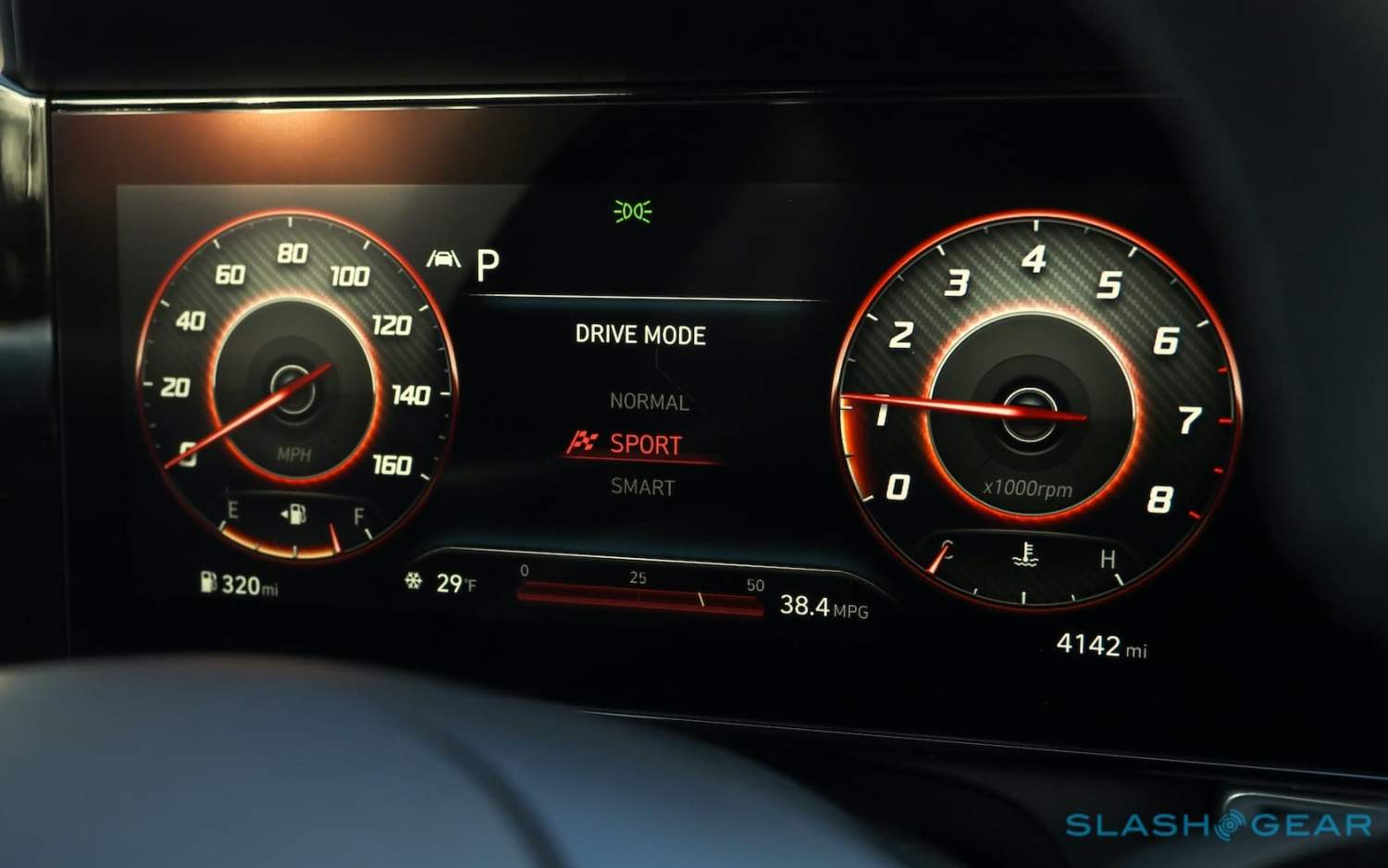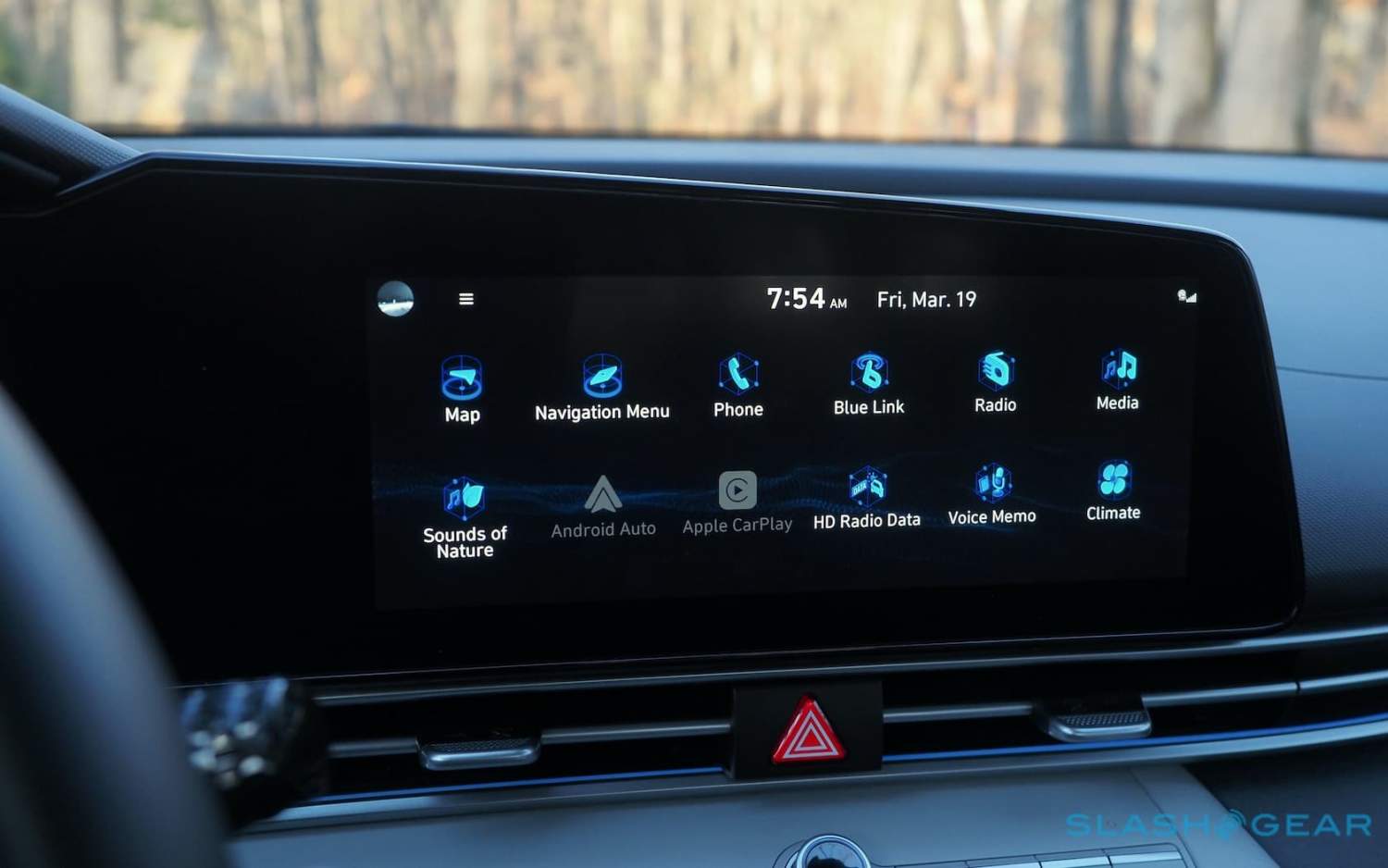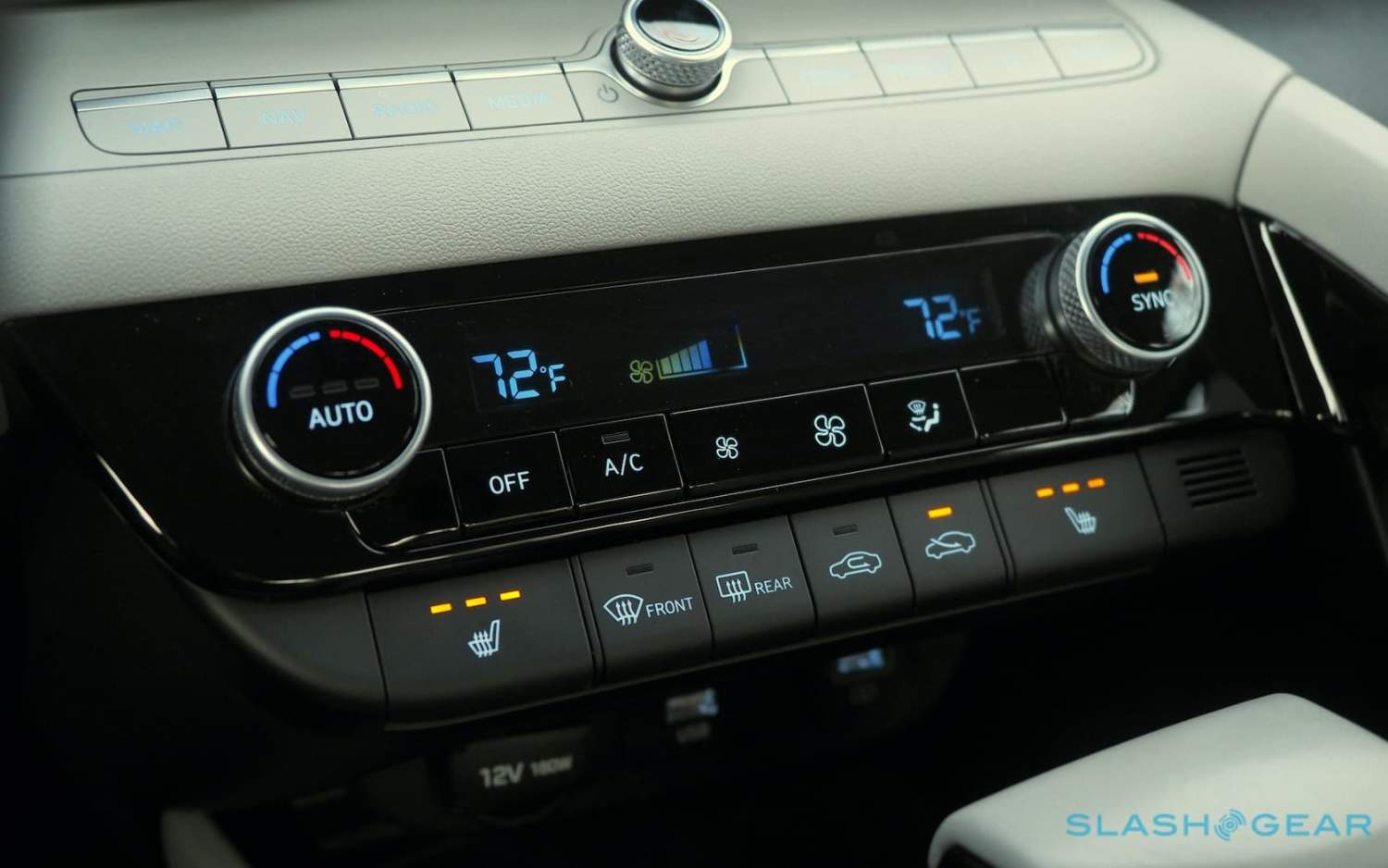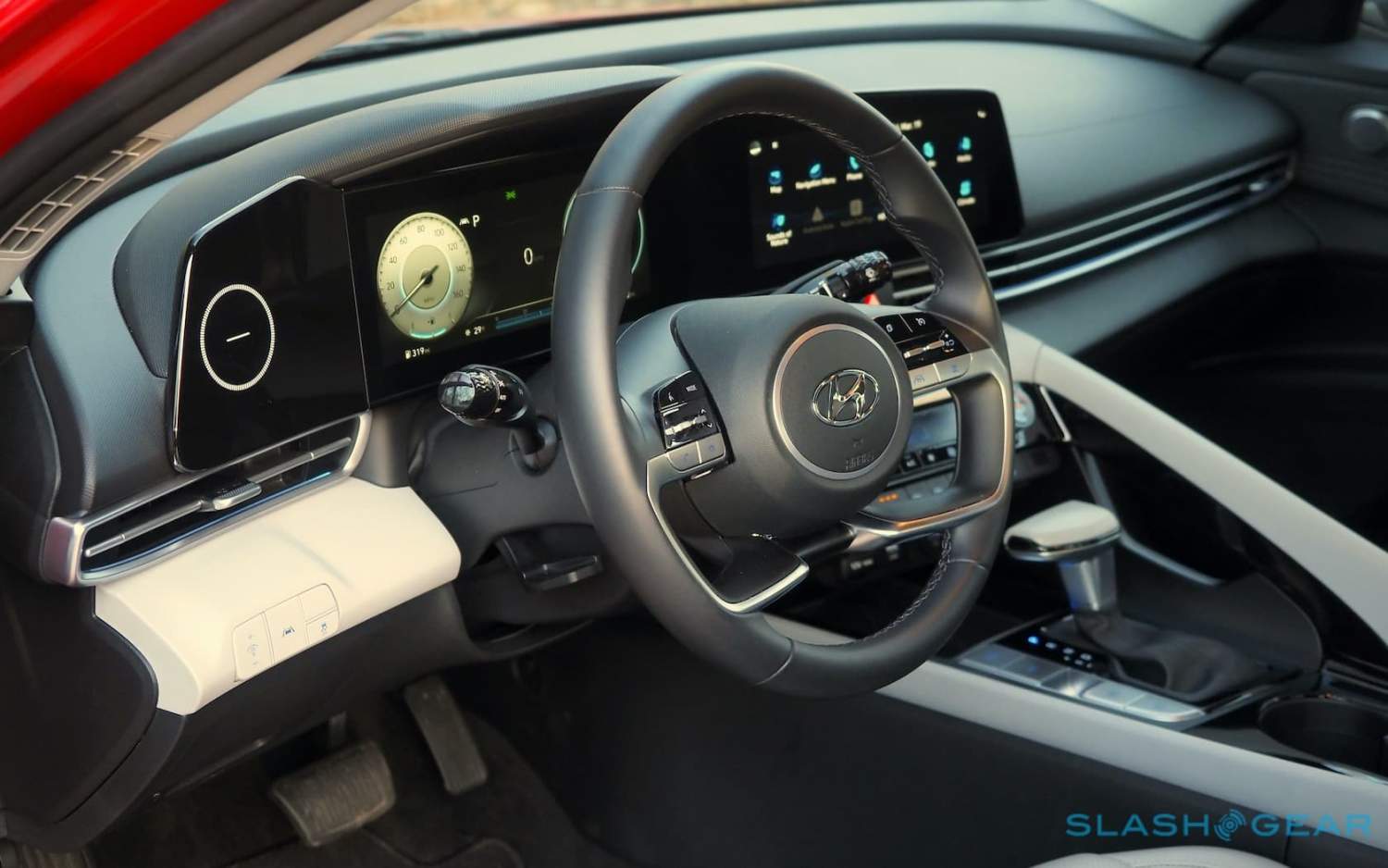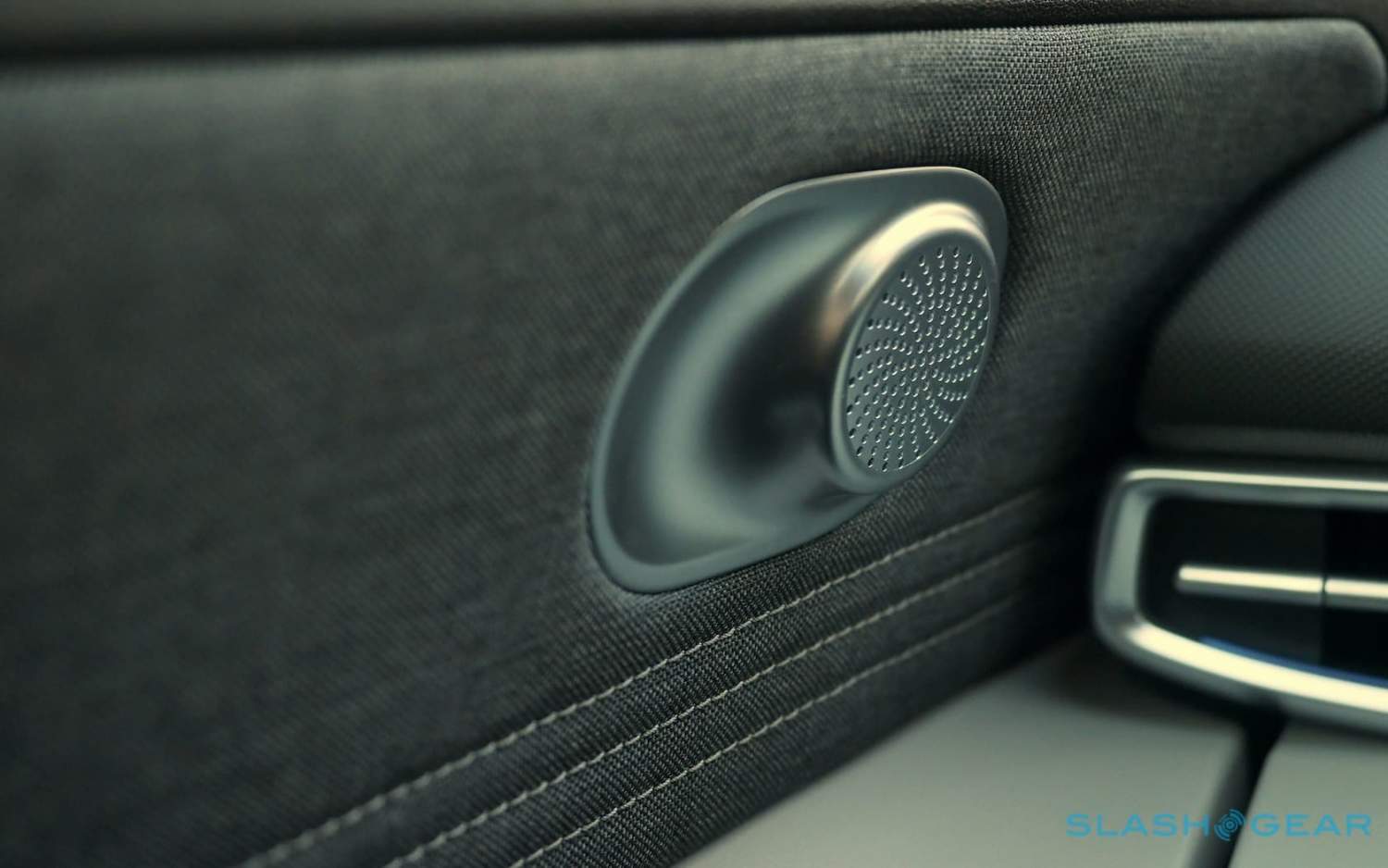2021 Hyundai Elantra Review - Finally Worth Boasting About
- Exterior and interior styling are finally memorable
- Aggressive pricing
- 2.0-liter engine is economical
- Excellent equipment levels on Limited trim
- Definitely tuned for comfort rather than dynamic driving
- Some cabin trim feels plasticky
- 2.0L engine can be sluggish
The 2021 Hyundai Elantra is the 2021 North American Car of the Year, a fact which I know because the automaker had helpfully stuck a large sticker proclaiming it on the rear window. Then again, I can't really deny Hyundai the opportunity to crow a little at ousting better-known rivals from the compact passenger car top-spot, especially having seen just how comprehensively it did that.
For a start, the Elantra's design is finally memorable, and it only took seven generations for that to happen. Hyundai has been making the model since 1990, and while it's not unfair to say it was a vehicle ideal for those who see their cars as appliances, more specifically it felt like one for people who say "I don't want a display or fancy buttons on my washing machine as that's more which could go wrong."
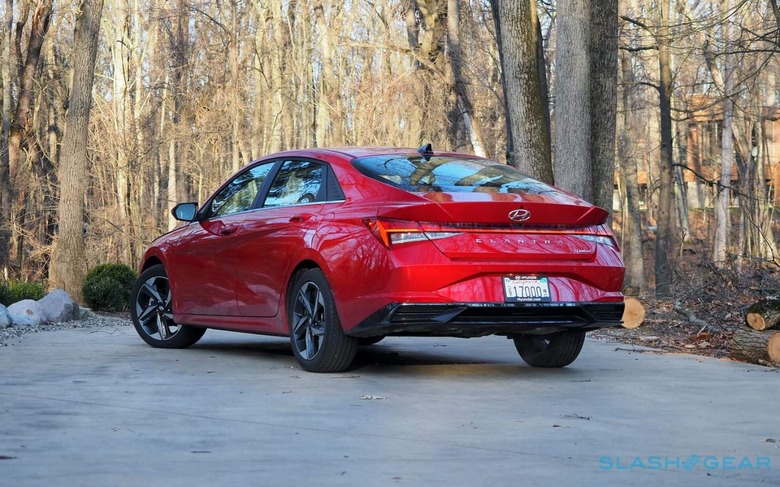
It's an accusation that can't be leveled at the 2021 Elantra. On the outside, the design has graduated from inoffensive to borderline divisive. At the front, the swooping lip of the hood dives into a low, wide grille with distinctive gloss-black diamond mesh. The sides have creases so distinct, on other cars you'd be headed straight to the nearest bodywork shop, while at the rear the sculpting to the trunk lid and bumper is reminiscent of PAC-MAN in profile.
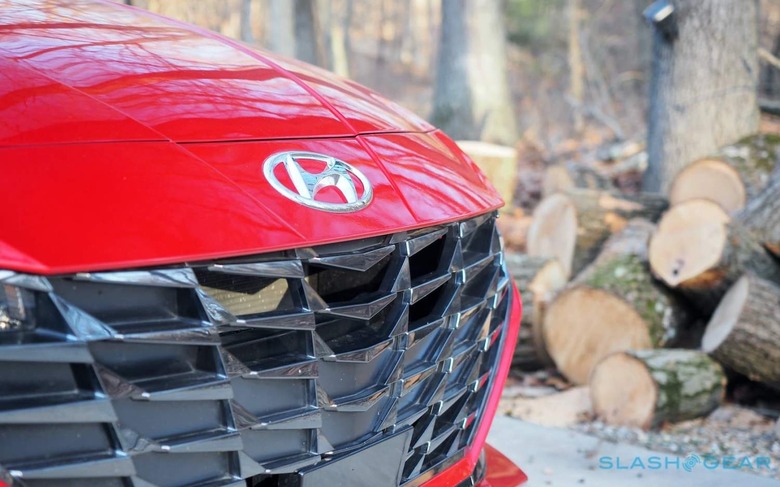
I like it, even if I'm not sure how gracefully it'll age. The same could be said for the cabin, where a two-tone color scheme with asymmetric split pits a dark denim-esque fabric against lighter gray leather. Combined with the equally duotone dashboard, you'll either love it or you'll wonder if Hyundai's construction line robots got confused as they pieced things together.
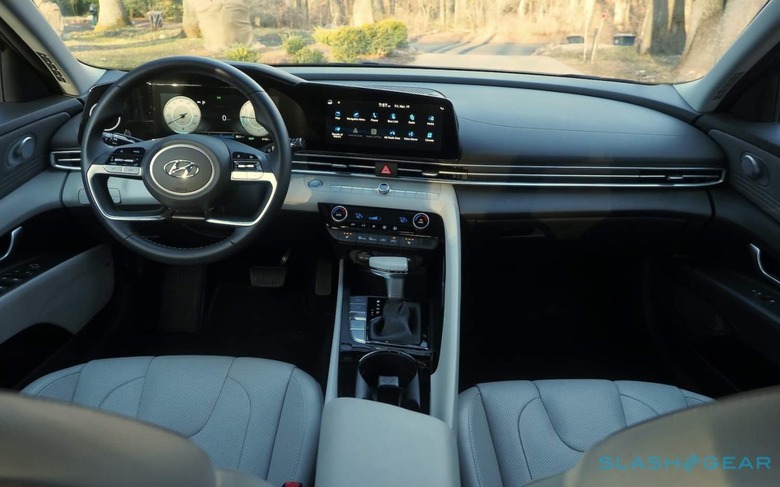
At $25,450 for this 2021 Elantra Limited (plus $1,005 destination) with the only options being $350 Calypso Red paint and $155 for the floor mats, you get an astonishingly upscale cabin, at least at first glance. Twin 10.25-inch displays grace the dashboard – one for the driver's instrumentation, the other an infotainment touchscreen in the center stack – and frankly wouldn't look out of place in a recent Mercedes. I suspect Hyundai has been sneaking samples out of stablemate Genesis' parts bins, too: the knurled, faceted stalk trim is like something you'd get in the more expensive cars.
That's not to say it's a clean sweep. Some of the trim and switchgear looks the part but is less convincing when your fingertips get involved. Cheaper plastics and flexing door panels are a reminder that even Hyundai can't work miracles on this sort of budget, while the steering wheel buttons feel underwhelming. Things get worse – and feel cheaper – in the rear seats. It's not the only weird decision: the smaller, 8-inch infotainment system on cheaper Elantra versions supports wireless Apple CarPlay and Android Auto, but if you get the larger version you have to use a USB cable still.
As accommodations go, it's definitely spacious at least. Those in the rear have good headroom and legroom, while the trunk will hold 14.2 cu-ft.
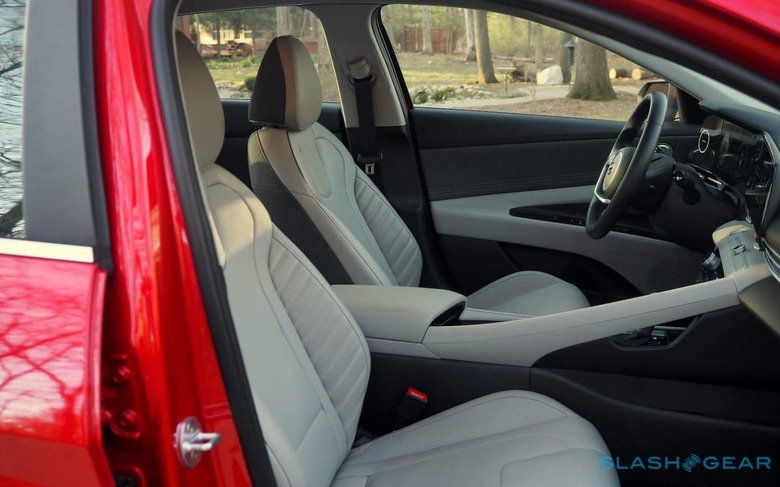
Hyundai offers two engines on the Elantra. Most – including the Limited – get a 2.0-liter inline-4 with 147 horsepower, 132 lb-ft of torque, and a continuously variable transmission (CVT). Only the Elantra N Line offers a 1.6-liter turbo inline-4 with 201 hp and 195 hp; that can be had with a 6-speed manual or a 7-speed DCT.
The EPA says the regular engine should get 31 mpg in the city, 41 mpg on the highway, and 35 mpg combined. In my own, mixed driving, I saw a very healthy 38 mpg. Partly that's down to the Elantra not exactly encouraging misbehavior at the wheel. With average power levels and chassis tuning that errs on the side of comfort and compliance, the on-road manners are less spiky than the exterior styling might suggest.
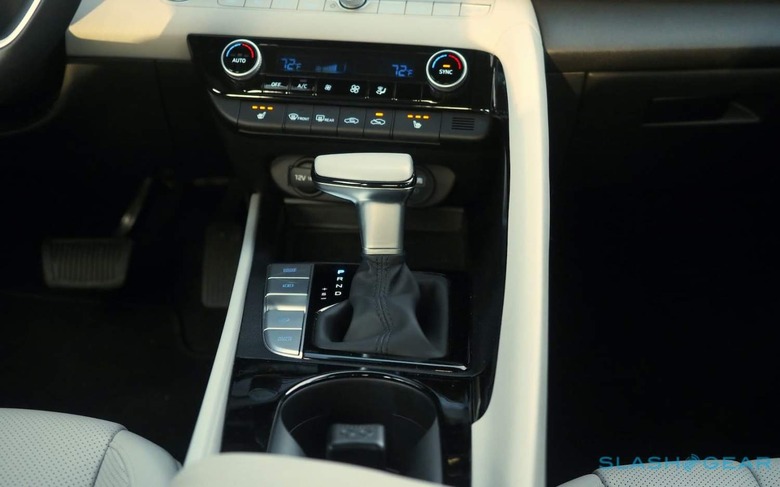
Pickup from a standing start is particularly leisurely, though switching into Sport mode does make engine and CVT a little more eager. Once you're up to speed it's all fairly quiet and smooth. Not exciting, no, but then you don't expect your washing machine to be exciting as it cleans your socks, even if it does have fancy buttons and screens on it now.
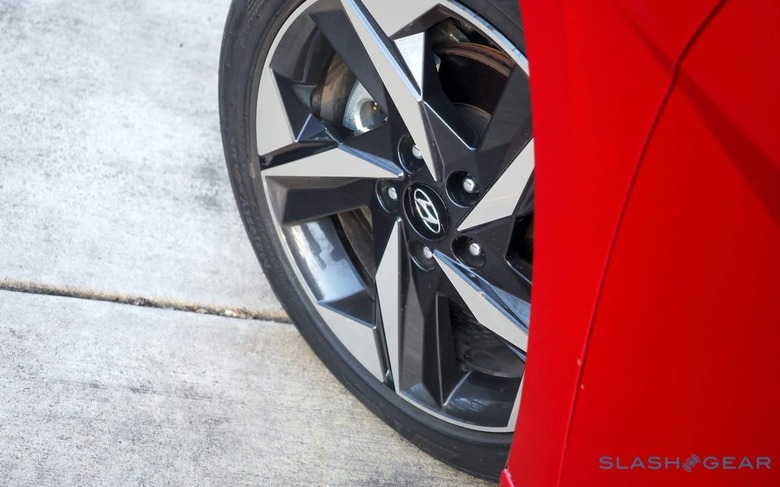
The bells & whistles that matter, of course, are the active safety equipment. In Limited trim you get forward collision avoidance assistance with pedestrian detection, cyclist and junction-turning detection, reversing parking warnings and collision avoidance assist, blind spot warnings and assistance, rear cross-traffic collision avoidance, adaptive cruise control, lane keeping assist, and lane following assist. You even get Hyundai's Highway Driving Assist, which helps guide the Elantra down the center of the lane while it controls the speed.
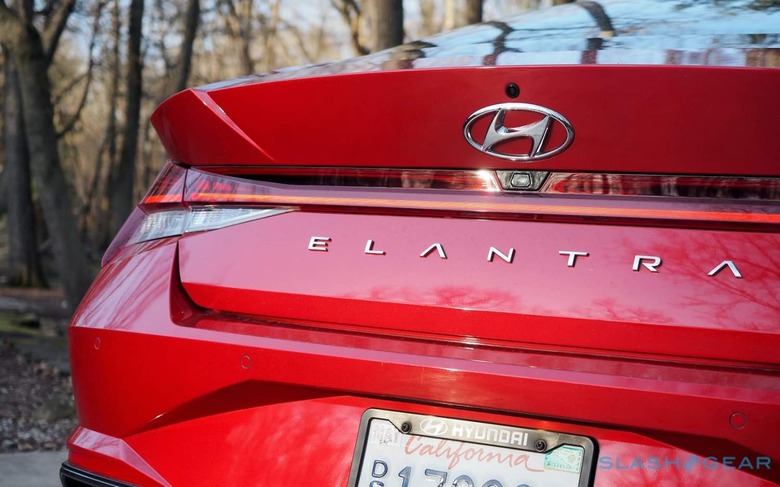
It's a comprehensive list, and the Limited also adds dual-zone climate control, an auto-dimming rearview mirror, 8-speaker Bose audio with subwoofer, SiriusXM, a Qi wireless charging pad, smart hands-free trunk release, and heated front seats, plus Hyundai's Blue Link connected car system with remote app. We're talking many features that are still optional on vehicles twice the 2021 Elantra's price, and which until a couple of years ago simply weren't available on a car like this, in this segment.
2021 Hyundai Elantra Limited Verdict
That's a reminder that this is, more so than ever, a competitive category. Honda's Civic is typically the go-to recommendation, and Toyota's Corolla a long-standing safe option. The Mazda3 bests the Hyundai on driving engagement handily. Nonetheless, that it's competing so convincingly in the midst of what are hallowed names in the compact segment is a testament to just how much the Elantra has improved.
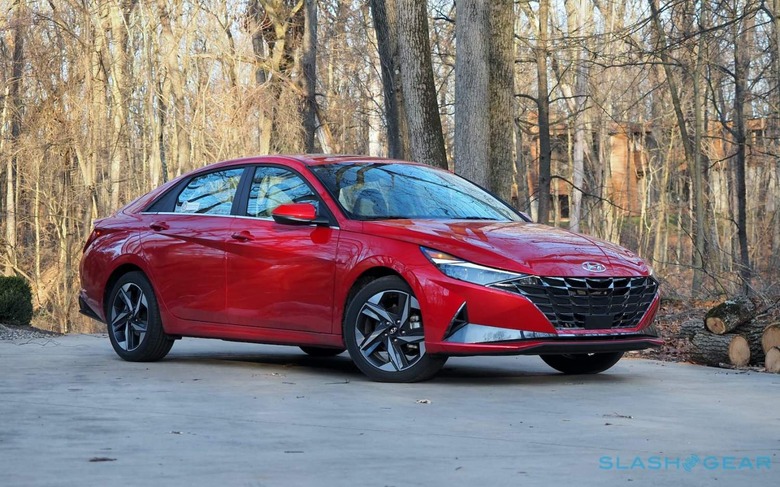
Were it my money, I suspect I'd still be lured into a Mazda3 for the more rewarding driving experience, though the fact is that the Elantra is probably better value for money. Aggressive packaging, class-besting pricing, and decent economy make for an unexpectedly impressive car. If Hyundai wants to shout about that achievement, well, I can't really begrudge it.

